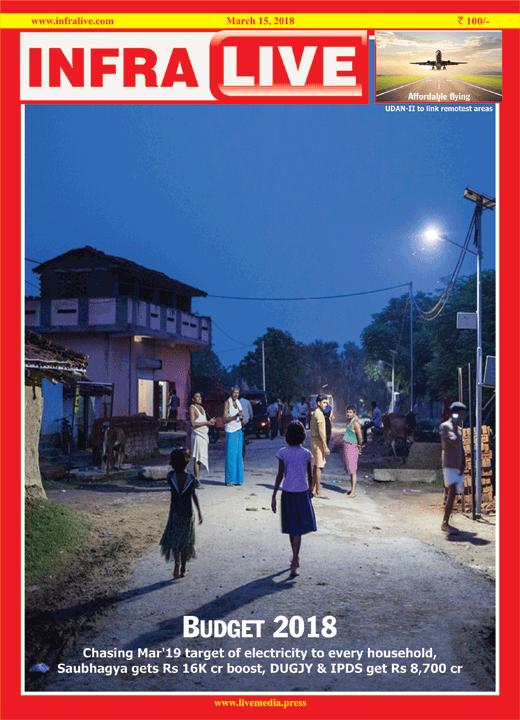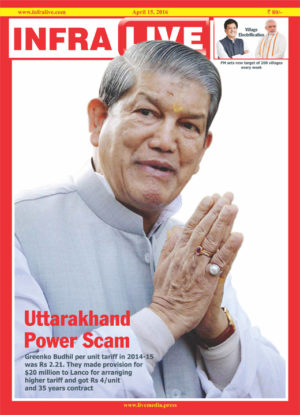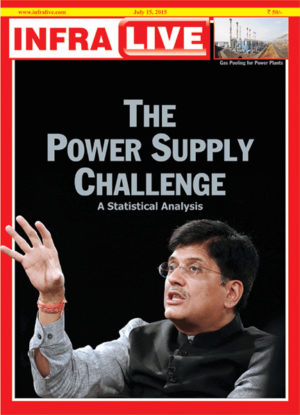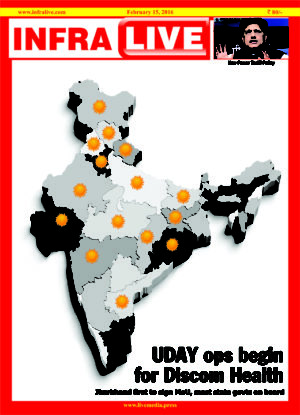The allocations in Budget 2018-19 for flagship welfare projects in power infrastructure will boost the demand for power and is expected to have an overall good impact for the sector. Rs 3,800 crore has been allocated for Deendayal Upadhayaya Gram Jyoti Yojna (DUGJY) and Rs 4,900 crore for Integrated Power Development Scheme (IPDS). The government has also allocated Rs 16,000 crore for the Sahaj Bijli Har Ghar Yojana (Saubhagya) for last mile connectivity for rural households. The completion target for DUGJY is May 2018 and for Saubhagya it is March 2019. These schemes tackle the issue of electrification of un-electrified villages and electricity for 4 crore rural households.
DUJGY was entrusted with 1 crore rural households while the rest was the responsibility of Saubhagya. Out of total 3 crore households under Saubhagya, 2.5 crore are in rural areas and 50 lakh for poor living in urban areas. At the time when the scheme was announced in October 2017, the average speed of rollout for covering households for the last three months was 4.32 lakh per month and for last nine months (Jan’17 to Sep’17) the average was 2.85 lakh per month. So installation rates have to really pick up.
The cover story puts together the detailed stats on electrification numbers, power availability in different states and tabulates the overall picture. There are total 18.10 crore rural households in the country as per the last reported data of January 15, 2018. Of these 14.16 crore households have been electrified and 3.93 crore households are un-electrified. Uttar Pradesh tops the list with 1.46 crore un-electrified rural households. Paradoxically, in Uttar Pradesh only 53 villages are un-electrified out of total of 97,813 villages in the state; but the number of un-electrified households are phenomenally high at 1.46 crore.
In continuum with the rural focus the farm sector is a major focus of the government’s solar strategy. Known by the acronym Kusum, the Kisan Urja Suraksha evam Utthan Mahabhiyan is a big push with multi components. Over the next five years about Rs 140,000 crore will be spent to migrate rural areas to solar power by encouraging deployment of decentralized solar plants on barren lands, use of solar energy for pumps, solarising existing pumps of 7,250 MW and government tube wells of 8,250 MW capacity. The government will provide 60 per cent subsidy to farmers for buying solar pumps. The farmers will have to bear only 10 per cent of upfront costs. 17.5 lakh solar pumps are to be distributed, excess produced from these pumps can be sold to the discoms, for which the discoms too will be incentivized.




